As a long‑time small mammal enthusiast with over a decade caring for rabbits, I’ve witnessed firsthand how proper enrichment transforms a bunny’s life. Enrichment isn’t just play—it’s essential for mental stimulation, muscle health, and preventing boredom‑related behaviors like over‑grooming or destructive chewing. In this guide, I’ll walk you through choosing safe toys, crafting dynamic habitats, and establishing play routines that resonate with your rabbit’s natural instincts.
1. Understanding Rabbit Behavior and Enrichment Needs
Rabbits are crepuscular by nature, most active at dawn and dusk. They love digging, chewing, and hopping through tunnels—behaviors rooted in wild foraging and predator‑avoidance strategies. Providing outlets for these instincts reduces stress and promotes overall well‑being. Always observe your rabbit’s preferences: some favor chewable sticks, while others adore hide‑and‑seek in cardboard castles.
2. Selecting Safe Toys & Chewables
- Untreated Timothy Hay Blocks: Provide both tunnel structure and nibbling fun.
- Natural Willow Balls: Lightweight, edible, and easy to toss.
- Cardboard Tunnels: Repurpose shipping boxes—just remove tape and staples.
- Wooden Chew Sticks (Apple or Willow): Avoid treated or dyed wood to prevent toxins.
Rotate toys weekly to keep novelty high. Always inspect for worn‑out pieces that could become choking hazards.
3. Designing a Dynamic Habitat
Space is key. Aim for a minimum of 12 sq ft of enclosure plus 24 sq ft of exercise area. Incorporate multiple levels with ramps for climbing, and designate quiet corners with fleece‑lined hideouts. Position food and water stations at opposite ends to encourage movement.
4. Enriching Playtime Routines
Structure play sessions around your rabbit’s natural peaks. A 30‑minute supervised free‑roam in a bunny‑proofed room each morning and evening is ideal. Introduce puzzle feeders—scatter pellets inside a shallow cardboard box or use a treat‑ball to trigger foraging instincts.
5. Monitoring & Adjusting Your Enrichment Plan
Keep a simple journal noting which toys spark joy and which are ignored. Look for positive signs—bright eyes, upright ears, and energetic hops. If you notice stress (flopped ears, hiding), dial back novelty and reintroduce familiar items.
Conclusion
Investing in thoughtful enrichment is a gift that keeps giving. Your rabbit’s health, happiness, and trust in you will flourish. Remember: consistency, observation, and safe materials are the pillars of a rabbit‑friendly environment. Happy bonding!
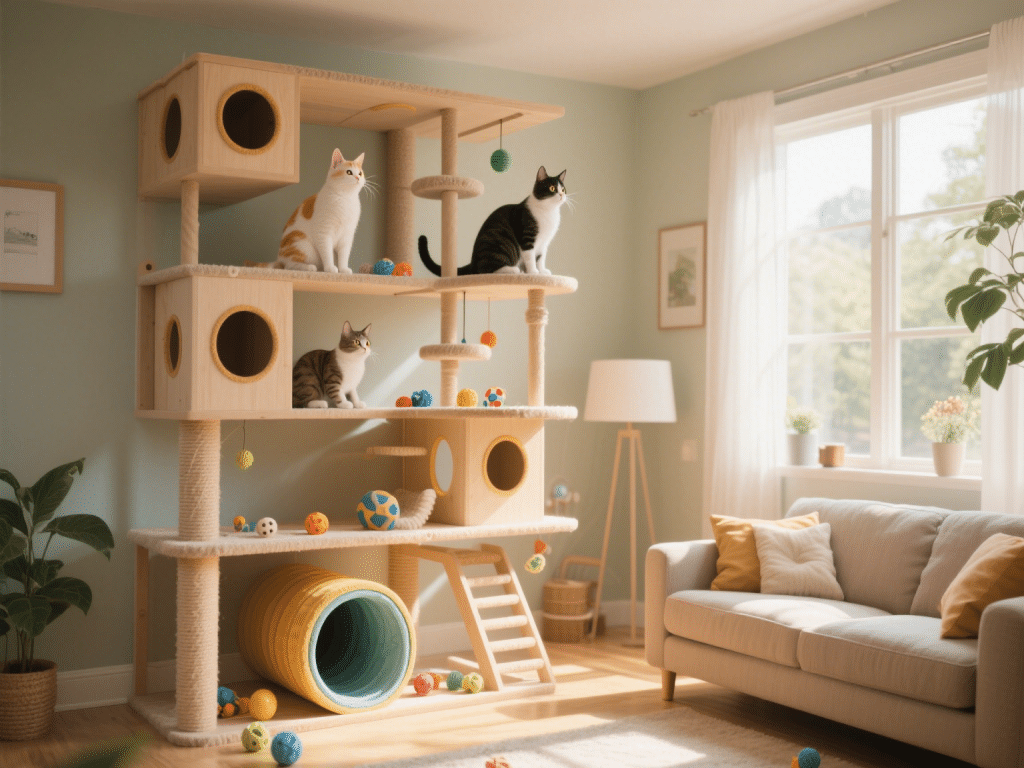
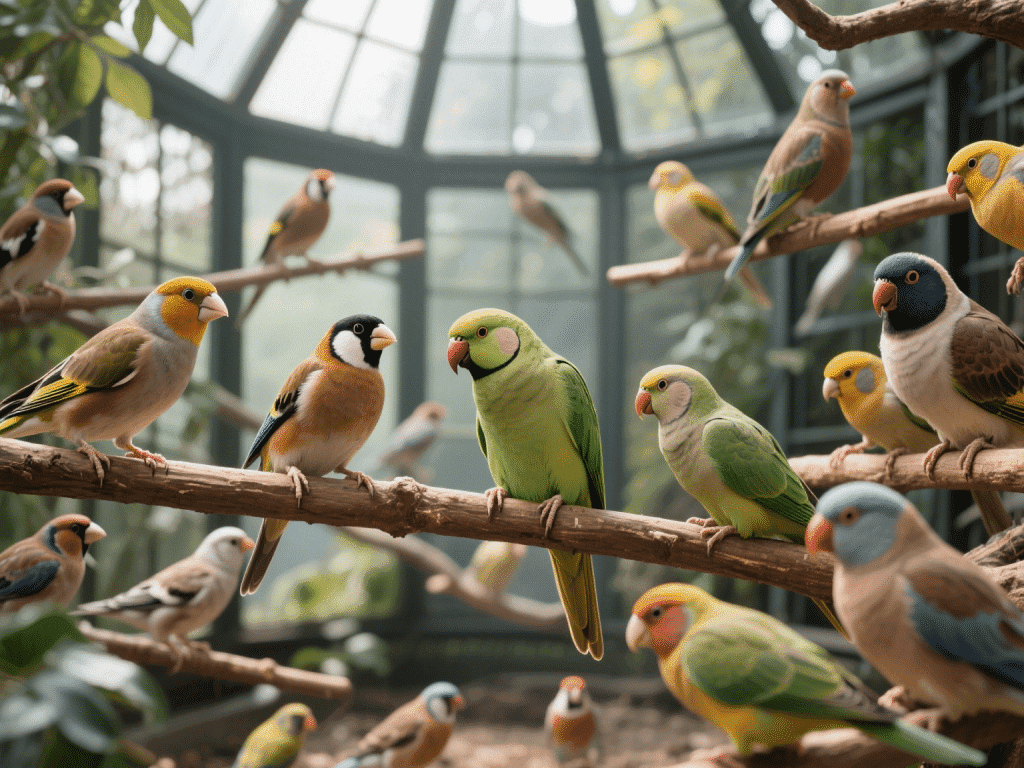
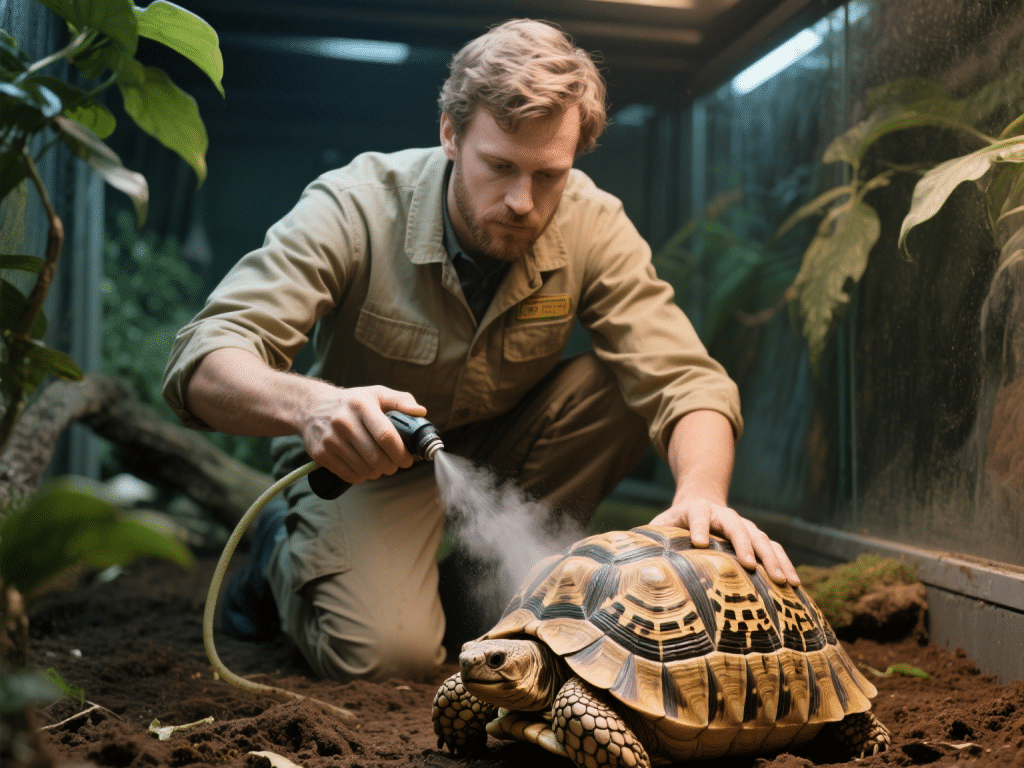

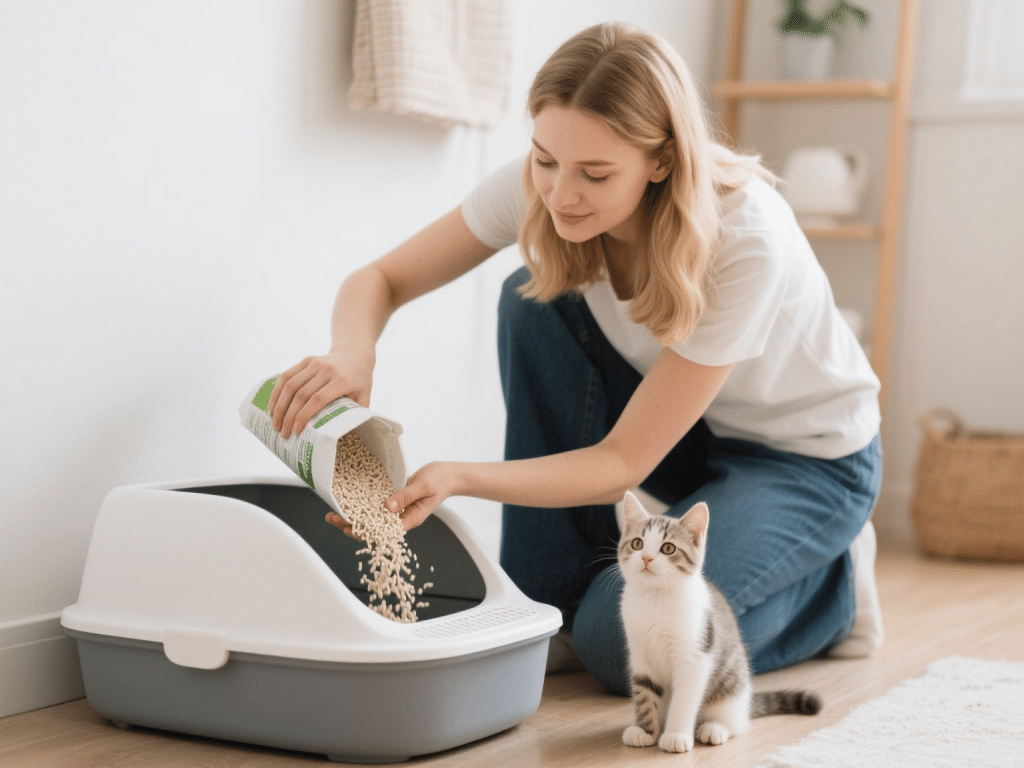
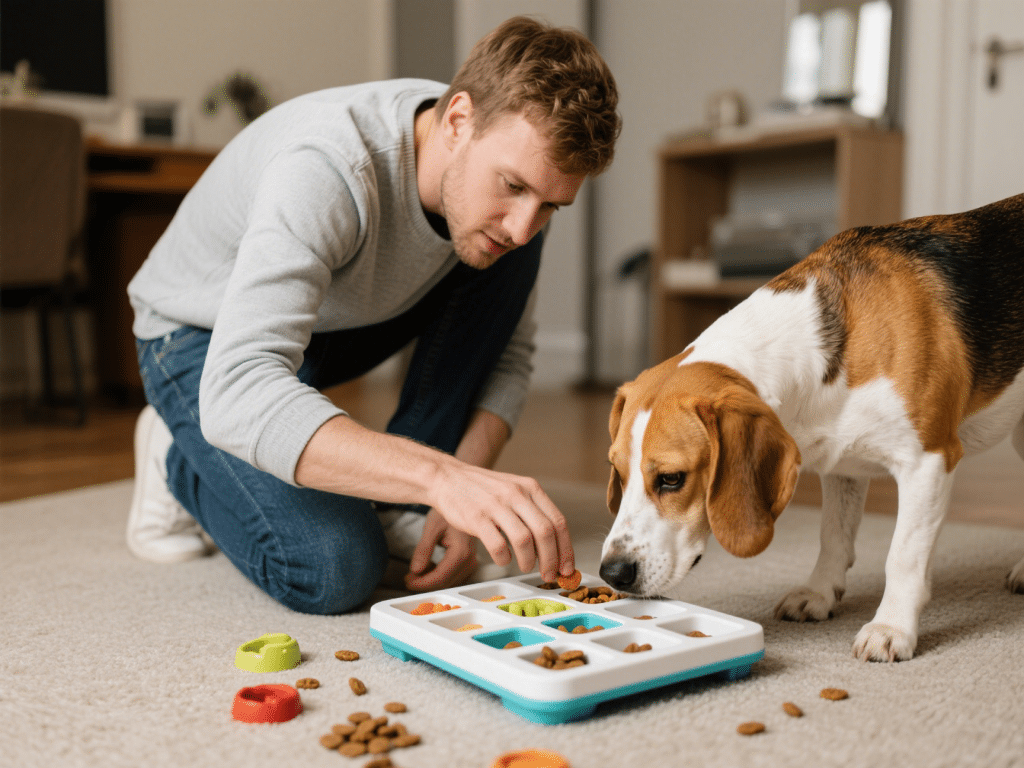
Comments on "The Ultimate Guide to Safe Rabbit Enrichment: Toys, Habitats & Playtime" :